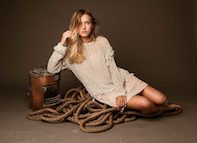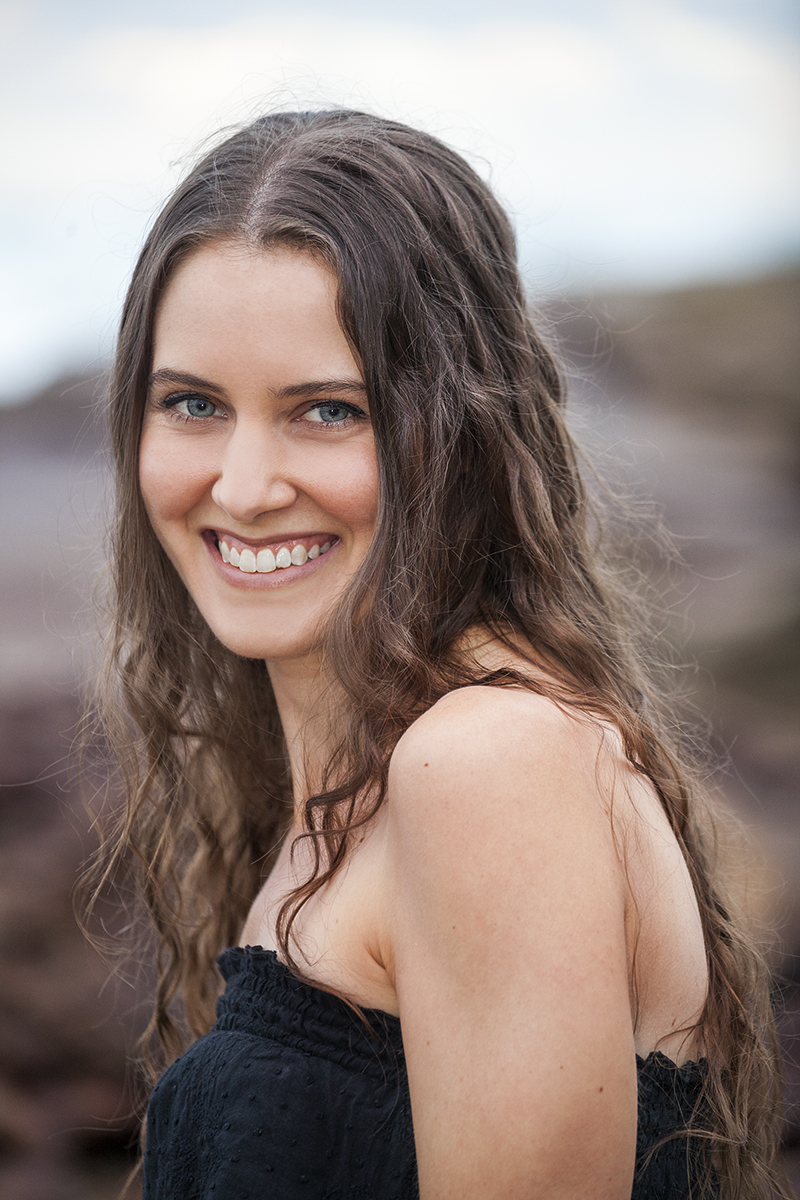The Newbie's Guide to Product Photography
If a photo is worth a thousand words, a magnificent product image deserves a thousand website visits. Although I don't have data to support that statement (yet), product photography can be incredibly beneficial to your ecommerce site technique.
To reach your target market members that like acquiring online, you likewise need to offer your audience clear, captivating images of your products.
However product photography isn't as basic as directing and shooting. Even one of the most standard products need the appropriate devices, lighting, and also room to produce attractive images that sell shoppers right from the acquisition page.
6 Product Photography Tips (and Instances) for Taking Pictures That Sell
Below are the suggestions, examples, and products you'll need to properly photograph and market your products in such a way that makes your site visitors and potential customers wish to transform.
1. Don't be afraid to utilize your smartphone's cam.
This is the part where I'm intended to convince you to buy a premium, 50-megapixel (MP) electronic camera with a 100-millimeter screw-on lens. But I'm not going to do that.
If you currently own a video camera that fits this description, make use of it. However, for lots of sorts of items, it's completely appropriate to fire product images on a smart device.
More recent mobile phones boast effective electronic camera lenses and also settings that enable you to enhance your shots for the various kinds of light and also settings you could fire in.
If you need more convincing, just have a look at Apple's Shot On An apple iphone project as well as the images that have arised from it throughout the years such as this one:


2. Fire from a tripod for photo uniformity.
Prior to discussing tripods, I'm bound to begin with a primary rule: Don't prop your phone against something sturdy to aim your lens towards the subject.
It's just also easy for this makeshift setup to slide about throughout the shoot and also trigger disparities in your images' appearance. If you rest your cam on, say, a stack of publications, simply make sure this setup doesn't change over the course of the shoot.
There's no damage in holding your video camera on your own when shooting simply a couple of product images for your ecommerce web site. However as your company grows, and also you take a lot more images of more items, it can be challenging to systematize the product's positioning in each photo when shooting portable.
To guarantee consistency throughout your items, you'll require a tripod. As well as fortunately, acquiring one isn't constantly the large, industrial-sized investment it utilized to be.
Right here are 2 types of tripods to consider.
Typical vs. Versatile
This is a practice tripod-- there are standard tripods offered for both video cameras and mobile phones.
A adaptable tripod can be adjusted in a variety of methods. You can flex its legs and also put it on different surfaces to get the angle you require.
Mobile Grip
There's usually a screw on the top of your tripod which affixes to your camera to hold it in place. The underside of most professional-grade electronic cameras has a screw hole just for this objective, yet mobile phones can make use of the complying with adapter:
The adapter grasps the sides of your smart device and can screw into either sort of tripod, enabling you to run the electronic camera regulates with the phone screen dealing with external and also toward you.
When you determine which place you'll require, establish it up in front of your product, and also consider placing 3 pieces of tape on the ground to mark where you wish to maintain each leg of your tripod over the course of the shoot.
3. Pick all-natural light or synthetic light.
Never underestimate just how particular sorts of light can enhance (or impede) your product photography. Remember, buyers obtain the best take a look at an product personally, where they can see everything they require to prior to investing in. The ideal lights arrangement assists you expose those essential decision-making product functions when all site site visitors need to go on is a photo.
A single lighting arrangement might not work for every product-- a illumination plan that benefits some items could weaken the look of others.
There are 2 kinds of light you can pick as your major light: natural and also man-made light.
All-natural Light
Natural light refers to sunlight-- easy as that. It's additionally known as "soft light" because the sun casts a bigger, softer range of light than, state, a lamp shining straight on the product. Ecommerce product shots flourish in natural light if:
The product is shot outside or implied to be utilized outside.
The product is made use of by, worn on, or shot with a person ( individuals have a tendency to look much better in natural light).You're trying to emphasize the product's surroundings, rather than certain features of the product.
Below's an instance of a shot making use of all-natural light:
Synthetic Light
Man-made light includes candles, fire, and also a lot more frequently, light bulbs. It's additionally described as "hard light" since it produces a smaller sized however extra concentrated light surface area. This sort of light accommodates items with physical details that need to be highlighted to excite an on the internet buyer.
As a basic rule, stay with simply one type of light per photo-- all-natural or man-made. Including natural light to an artificially lit photo can soften a product that's suggested to look sharp, as well as adding man-made light to a normally lit photo can hone a product that's indicated to look soft. You do not want to enter your own method.
4. Fill up or jump your light to soften shadows.
Whether you use natural light or fabricated light, you'll require to lessen the shadows that any kind of potential difficult light casts on the contrary end of a product.
There are three methods to do this:
Fill up Light
Include another, less-intense source of light to supplement your major light. This extra light is called your fill light and also is utilized as a counterbalance to soften the all-natural darkness your main light produces behind an things.
To do this, place your fill light contrary your main light so your product rests in between both lights.
Flashbulb Bounce Card
A bounce card, or reflector card, is a little card that "reflects" or "bounces" the major light back onto the surface area below your product to lower shadows.
Some bounce cards affix to the flashbulb of a professional cam lens to diffuse the light from the video camera's flash. This card sprays a softer light onto the topic from over your collection-- instead of straight at it-- so you don't have lengthy shadows trail behind the item you're shooting.
Standalone Bounce Card
If you're shooting from a mobile phone, a flashbulb bounce card isn't an choice, since you do not have a physical flash you can attach it to. Rather, make your very own standalone bounce card positioned contrary your major light.
For newbies to product photography, this bounce card can properly change your fill light, which counters the tough light from the video camera flash or lamp that's facing toward the front of your product.
5. Make use of a sweep or portrait setting to highlight the product.
There isn't one ideal method to position your product, lights, and bounce cards-- they can alter significantly depending upon your background. Yet don't select a background based upon what's most convenient to produce. Backgrounds need to resemble exactly how you desire Environmental Portrait your customers to perceive your product when viewing it online.
Consider initially whether you would certainly such as a white history or a extra dynamic, real-world history. There's an simple way to accomplish each one.
White History: Sweep
For white histories, it's not as easy as establishing a table versus white drywall. Also smart device video cameras can pick up little imperfections on a white wall that you wouldn't notice with the naked eye. To capture a perfect white background with no edges or acnes, use a sweep.
A sweep is a huge bendable sheet of paper, whose lower work as the surface under your product and then curves up into a white wall behind the product.
On camera, the move's contour is undetectable, stressing key product details and allowing the product to possess all of a website site visitor's interest.
Real-World History: Picture Mode
Dynamic, real-world histories are extremely enticing when capturing products that have a specific usage or are being modeled by a individual-- as you saw in the picture of the briefcase previously in this overview.
But, it's easy for a real-world history to steal the focus of the photo, making it vague which item in the photo you're really offering.
Offer your product deepness as well as emphasis with portrait setting, a photo setting on a lot of expert cams, as well as likewise readily available on several brand-new smartphones. This setup blurs the background so the context of the product is clear however not completing versus the product itself.
Below is a super remarkable photo of a HubSpot pen absorbed picture mode on a Google Pixel 2 (I took this picture myself). You can tell the pen sits on a workdesk with a computer behind it, but the pen is still the centerpiece for audiences:
6. Shoot a selection of photos.
My last ecommerce photography pointer to you is to not quit at one photo per product. Just as your clients look, hold, make use of, and even try out goods in campaign photographer a shop, your internet site should shoot a range of photos to simulate this very experience.
If you're shooting clothing, for example, capture the garment of apparel alone-- that is, expanded on a white surface area-- as well as on a mannequin whose shade contrasts the color of the product.
After that, for added pictures, have the clothing modeled on a individual, permitting you to take photos of the product from the person's various postures and angles.
Product Photography Set-Up
Next, let's summarize what we just got-- here's a checklist of quick product photography set-up tips that you can refer to and share on your team:
• Choose a cam-- whether that indicates utilizing your smart device.
• Obtain a tripod that benefits your camera of selection.• Select all-natural or artificial lights-- consider which alternative is best for your product and also atmosphere.
• Determine whether you'll fill up or jump light.• Select sweep or picture mode.

Start With Your Product Photography
Do not really feel required to invest in every tip and piece of equipment simultaneously. Use these product photography pointers progressively to see what makes your shop look one of the most presentable, and change your method as your photography chops get better.